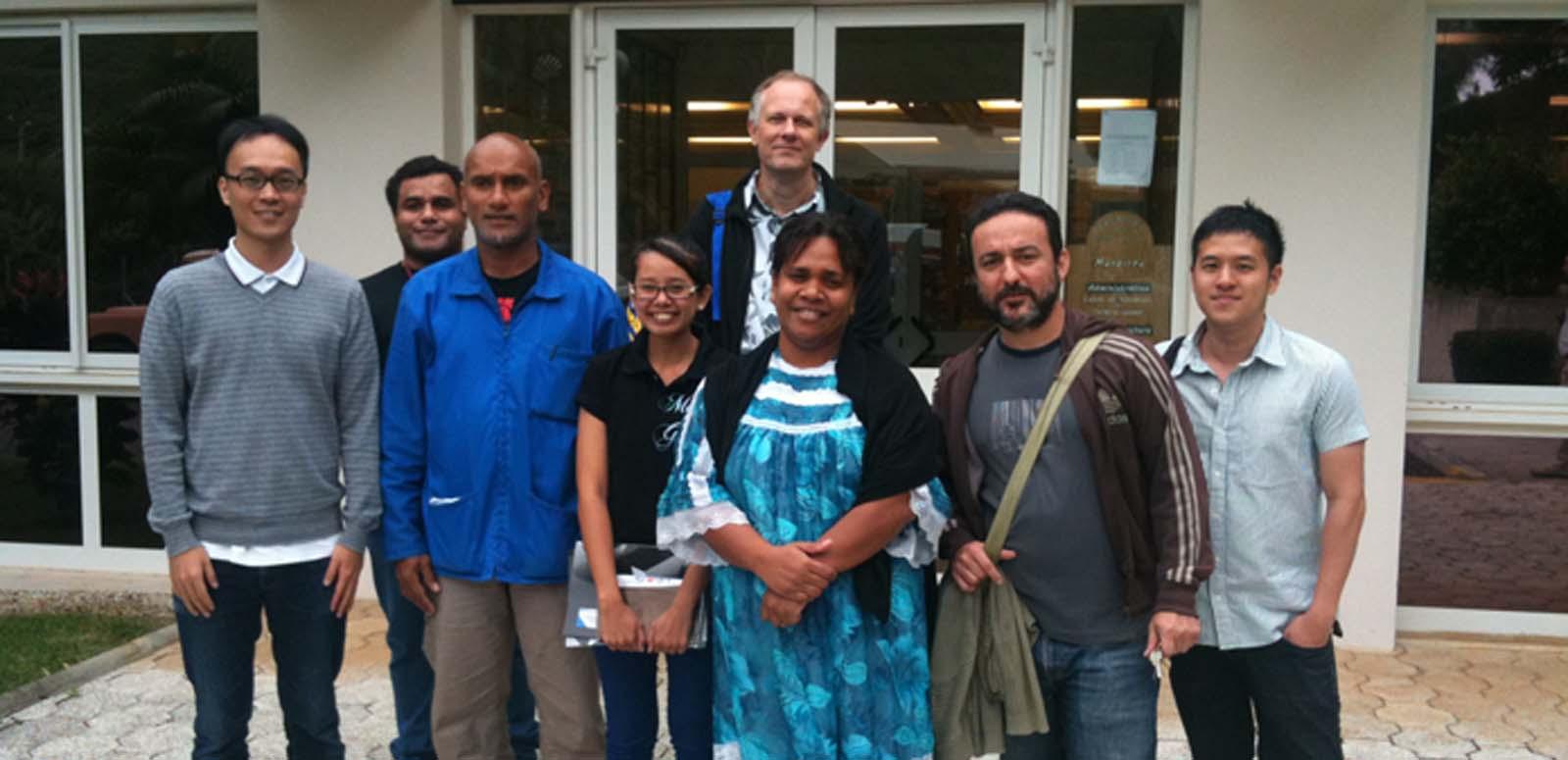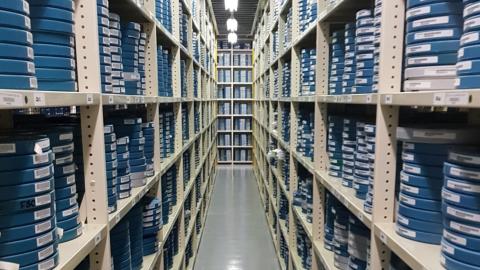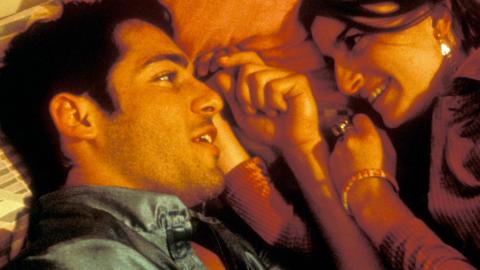

Short doco provided to New Caledonia

Twenty-five per cent of the world’s nickel comes from New Caledonia. Nickel is a core component in stainless steel, so the next time you pick up your knife and fork it’s worth remembering that there is a good chance that some of it comes from this beautiful isle. New Caledonia was also one of the headquarters of the US Navy during the Second World War due to its strategic placement in the Pacific. It’s widely thought that the arrival of these troops was the beginning of the independence movement in the country when locals saw the racial diversity among the American troops. The country is still struggling with issues of independence and its reliance on France.
So much of this history is recorded in documents in the collection at the Services des Archives de la Nouvelle-Caledonie. The Archives even hold some books dating back to the early 1790s. It’s incredible to come face-to-face with documents that were created in France when Napoleon was still a Lieutenant-Colonel running around Corsica, and France was operating on decimal time. It was also interesting to note that audiovisual items only formed a relatively small part of this collection. The audiovisual production of the country seems to be spread among institutions like the National Archives, National Library and the national broadcaster — Nouvelle Caledonie 1 ere. However, the majority of it is assumed to be held in private collections around the island.
Christophe Augias, head of the Bibliotheque Bernheim (National Library) is passionate about the need to form a New Caledonian Audiovisual Archive — not only to apply specialist skills to the maintenance of the national collections, but also to identify and acquire items from collections around the country and around the world. He feels that these are essential in order for New Caledonia to manage its own memories and to better understand where the country has come from and where it is going. For example, many years ago I worked with Christophe to identify and copy a title called City of Broken Old Men. This is a short documentary made in the ’20s about French convicts who had been deported to Noumea to work in the mines. Even after the convicts served their term, they were not allowed to leave the island. As a result there was a large population of old men on the island who had been physically ‘broken’ by their work in the mines. The documentary shows some of these men and how they connected with the New Caledonian society that they found themselves living in. This is a fundamental part of the country’s history, but until a copy was provided by the NFSA, no copies existed in New Caledonia.
An equally important reason for the development of an audiovisual archive is the preservation of the country’s modern output. Nouvelle Caledonie 1 ere holds a collection that spans over 30 years of news, current affairs, radio broadcasts and documentaries. They store their modern collection in digital form on LTO4 computer tapes, but it is unclear whether their storage facilities can deliver the appropriate temperature and humidity levels that are necessary for the long term storage of their archival videotape collection. And there is more cultural output being created every day. Vanuella Watt runs the the library for the Secretariat of the Pacific Community and hosted a visit for conference delegates — but she is also a local singing sensation with a song on local radio, and an album about to be released. Christophe’s dream of a New Caledonian audiovisual archive would enable future generations of New Caledonians to understand the impact that the work of a local artist like Vanuella had on the country at a time when it was defining itself.
On second thoughts, forget the nickel. Forget the island’s strategic location. The true treasure of New Caledonia lies in partially decomposed images of broken old men — and in other recordings of the country’s voice, place and history. It is these recordings that will allow the country to develop its identify and to share the gift of its culture with the rest of the world. But this requires an audiovisual archive. Bon chance, Christophe.
The National Film and Sound Archive of Australia acknowledges Australia’s Aboriginal and Torres Strait Islander peoples as the Traditional Custodians of the land on which we work and live and gives respect to their Elders both past and present.


